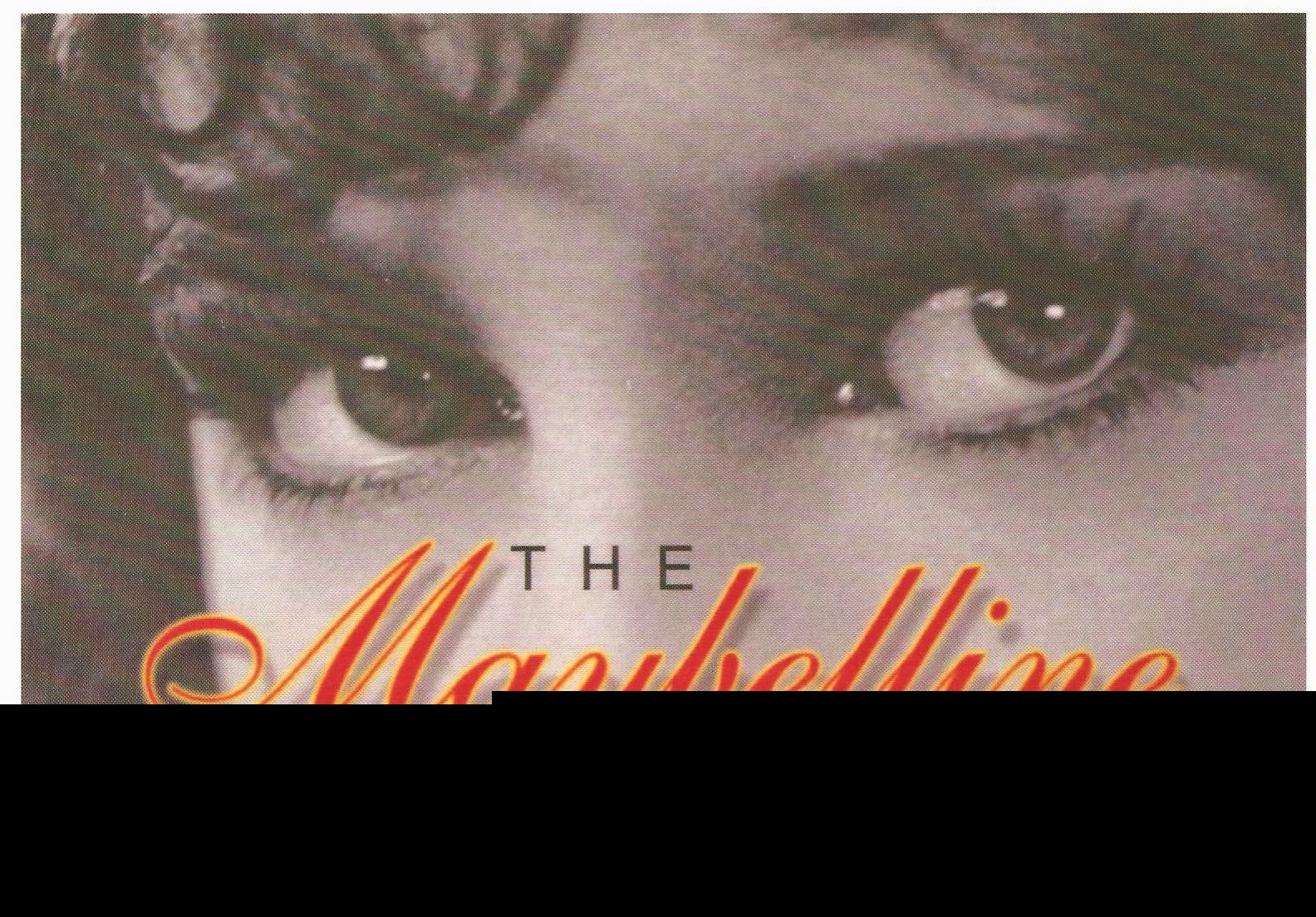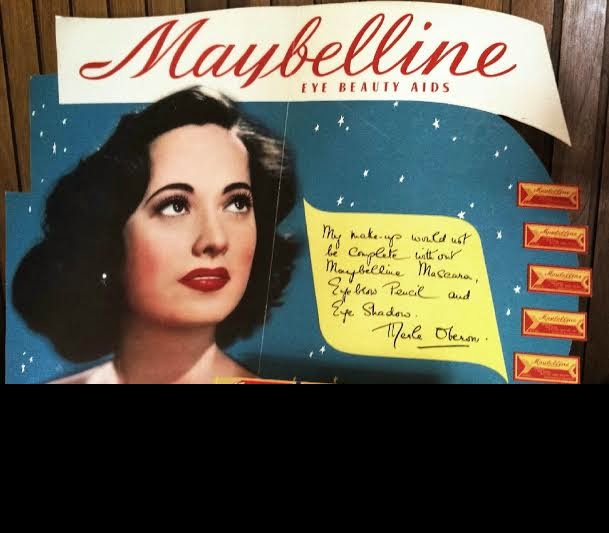6 episodes of The Coroner's Report Podcast reveal clues on what really happened to Miss Maybelline in Hot Springs Arkansas. 46 Years ago.
Forensic advancements since 1978 could significantly impact the investigation into Evelyn Williams’ death in Hot Springs, Arkansas, potentially shedding new light on the unsolved arson-homicide. The original case stalled due to limited technology and degraded evidence, but modern tools—developed over the last four decades—offer powerful ways to revisit the fire, the missing bonds, and the circumstances of her death. Here’s how these advancements could reshape the investigation if applied today, as of March 2, 2025.
1. Arson Analysis: Enhanced Fire Investigation Techniques
1978 Limitations: Back then, arson detection relied on visual burn patterns, basic chemical tests for accelerants (e.g., gas chromatography), and witness accounts. The fire at 105 Convention Boulevard destroyed much evidence, and water from firefighting efforts likely diluted traces of accelerants, leaving investigators with little beyond a general conclusion of arson.
Modern Advancements:
- Gas Chromatography-Mass Spectrometry (GC-MS): Now refined, GC-MS can detect minute traces of accelerants like gasoline or kerosene even in heavily contaminated debris. If any samples from the scene (ash, charred wood) were preserved, they could be retested to pinpoint the exact substance and its distribution, revealing whether it was poured strategically (e.g., near Evelyn) or randomly.
- Fire Modeling Software: Computational models like the Fire Dynamics Simulator (FDS) could recreate the blaze’s spread based on the house’s layout, materials, and burn patterns. This might determine the fire’s origin—say, near Evelyn’s bedroom versus an entry point—offering clues about intent and the perpetrator’s movements.
- Volatile Organic Compound (VOC) Analysis: Advanced sniffers can identify lingering chemical signatures years later, even in soil beneath the site, potentially confirming arson if no samples remain.
Impact: These tools could clarify if the fire was set to kill Evelyn specifically or to cover a theft, narrowing suspect profiles (e.g., someone with access versus an outsider).
2. DNA Evidence: Unlocking Biological Clues
1978 Limitations: DNA profiling didn’t exist until the mid-1980s, so no biological evidence was collected or analyzed. The fire’s intensity likely destroyed obvious traces like blood or hair, and investigators focused on survivors’ statements rather than trace evidence.
Modern Advancements:
- Touch DNA: Today, forensic teams can extract DNA from surfaces touched by a perpetrator—doorknobs, a safe, or debris near the fire’s origin. If an outsider set the fire, their DNA might linger on items recovered from the scene, assuming any were archived.
- Degraded DNA Recovery: Techniques like mitochondrial DNA analysis or next-generation sequencing can amplify tiny, heat-damaged samples. If Evelyn’s remains or personal items (clothing, jewelry) were preserved, they could be tested for foreign DNA, hinting at a struggle or an intruder’s presence.
- Genealogy Databases: If DNA is found, investigative genetic genealogy—used in cases like the Golden State Killer—could trace it to a suspect or their relatives via public databases, even decades later.
Impact: DNA could implicate her business partner, (if his alibi masks involvement) or identify an unknown party, shifting the case from circumstantial guesswork to hard evidence.
3. Digital Forensics: Tracing the Bonds
1978 Limitations: The $3 million in bearer bonds vanished, and tracking them relied on manual checks with banks and informants. Bearer bonds, payable to whoever holds them, were nearly untraceable once stolen, and no serial numbers or digital records were linked to them in the investigation.
Modern Advancements:
- Financial Record Digitization: While 1978 banking was paper-based, many institutions have since digitized archives. Cross-referencing bond serial numbers (if recorded by Evelyn or her family) with historical redemption records could reveal if they were cashed post-fire, pointing to a thief.
- Blockchain Analysis Principles: Though bearer bonds predate blockchain, modern pattern-analysis tools could track their movement through financial networks if they resurfaced in the 1980s or later, especially if laundered through offshore accounts.
- AI Pattern Recognition: Algorithms could sift through decades of financial data for anomalies tied to Hot Springs or the Williams family, flagging suspicious transactions.
Impact: Finding the bonds’ trail could directly implicate a suspect—the business partner, a family member, or a third party—tying the motive (theft) to the crime.
4. Psychological Profiling and Witness Reanalysis
1978 Limitations: Profiling was rudimentary, and witness interviews (e.g., the business partner, the houseguest) relied on detectives’ intuition. Evelyn’s distressed call to her son wasn’t recorded or forensically dissected.
Modern Advancements:
- Behavioral Analysis: FBI-style profiling could reassess business partner's statements for deception—pauses, inconsistencies—or evaluate Evelyn’s lifestyle for enemies (ex-lovers, business rivals). This might refine the suspect pool.
- Voice Stress Analysis: If a recording of Evelyn’s final call exists (unlikely but possible if her son kept it), software could detect fear or duress, corroborating her sense of threat.
- Cold Case Interview Techniques: Re-interviewing aging witnesses—like the houseguest or neighbors—with modern methods (e.g., cognitive interviewing) could unearth forgotten details, like a stranger seen that week.
Impact: A sharper suspect profile or revived witness memory could redirect the investigation, especially if physical evidence is scarce.
5. Preservation and Re-examination of Evidence
1978 Limitations: Evidence storage was inconsistent—items might have been discarded or poorly cataloged after the case went cold. The Hot Springs Police Department likely kept minimal samples, if any.
Modern Advancements:
- Cold Case Units: Specialized teams could petition to reopen the case, pulling any archived evidence (charred debris, Evelyn’s remains) from storage. Non-destructive imaging (e.g., 3D X-ray scanning) could reveal overlooked clues in objects like a safe or furniture fragments.
- Isotope Analysis: If bones or teeth survived, stable isotope testing could confirm Evelyn’s identity and recent movements (via diet or water signatures), ruling out wild theories (e.g., she faked her death).
- Microscopy: Scanning electron microscopes could detect microscopic accelerant residues or tool marks on locks, suggesting forced entry.
Impact: Re-examining physical remnants with today’s precision could either confirm arson details or uncover entirely new leads.
Feasibility and Challenges
Applying these advancements hinges on evidence preservation—did the HSPD retain debris, autopsy samples, or photos? Small departments often purge old files, and the fire’s destruction limits what’s left. The site at her residence, if rebuilt, might still hold soil traces, but excavation is unlikely without a reopened case. Evelyn's business partner and key witnesses are likely deceased, reducing fresh testimony. Still, even partial evidence (a bone fragment, a bond stub) could crack the case with DNA or chemical analysis.
Potential Outcomes
- Business partner Implicated: DNA or profiling might expose inconsistencies in his escape story, suggesting he set the fire for the bonds.
- Third Party Identified: DNA or bond tracing could point to an outsider—say, a local crook or someone Evelyn crossed in Hot Springs’ underworld.
- Accident Ruled Out: Advanced fire analysis could solidify arson, dispelling any doubt it was a tragic mishap.
As of 2025, no public effort has leveraged these tools here. A cold case unit with funding and family pressure (e.g., from Sharrie Williams) could push for it, turning Evelyn’s mystery into a solvable puzzle.

























